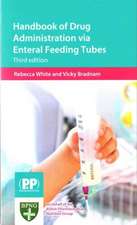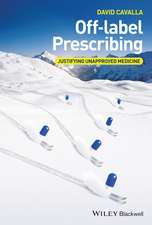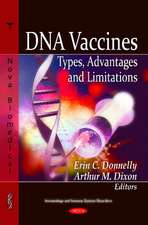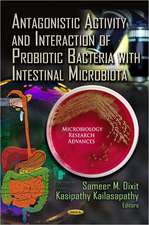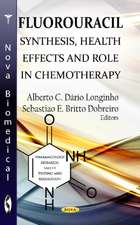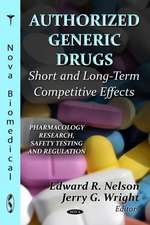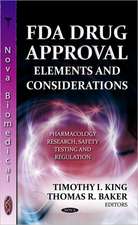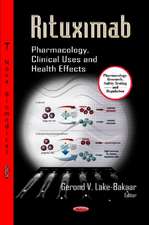Protection Against Ischemia/Reperfusion Damage of the Heart
Editat de Yasushi Abiko, Morris Karmazynen Limba Engleză Hardback – iul 1998
| Toate formatele și edițiile | Preț | Express |
|---|---|---|
| Paperback (1) | 366.91 lei 6-8 săpt. | |
| Springer – 21 mar 2012 | 366.91 lei 6-8 săpt. | |
| Hardback (1) | 373.84 lei 6-8 săpt. | |
| Springer – iul 1998 | 373.84 lei 6-8 săpt. |
Preț: 373.84 lei
Preț vechi: 393.52 lei
-5% Nou
Puncte Express: 561
Preț estimativ în valută:
71.54€ • 77.68$ • 60.10£
71.54€ • 77.68$ • 60.10£
Carte tipărită la comandă
Livrare economică 23 aprilie-07 mai
Preluare comenzi: 021 569.72.76
Specificații
ISBN-13: 9784431702269
ISBN-10: 4431702261
Pagini: 264
Ilustrații: IX, 248 p.
Dimensiuni: 155 x 235 x 20 mm
Greutate: 0.54 kg
Editura: Springer
Colecția Springer
Locul publicării:Tokyo, Japan
ISBN-10: 4431702261
Pagini: 264
Ilustrații: IX, 248 p.
Dimensiuni: 155 x 235 x 20 mm
Greutate: 0.54 kg
Editura: Springer
Colecția Springer
Locul publicării:Tokyo, Japan
Public țintă
ResearchCuprins
I: Modulators of Ischemia/Reperfusion Damage: H+, Na+, and Ca2+.- Regulatory Mechanism of NHE1 Isoform of Na+/H+ Exchanger in Cardiac and Other Tissues.- Role of the Vacuolar Proton Pump in Preconditioning.- Role of the Na+/Ca2+ Exchanger in Intracellular Ca2+ Overload During Ischemia and Reperfusion.- The Role of Sodium-Hydrogen Exchange in the Ischemic and Reperfused Myocardium.- II: Modulators of Ischemia/Reperfusion Damage: Lipid Metabolites.- Effects of Lysophosphoglycerides on KATP Channels in Cardiac Ventricular Cells: Blockage or Run-down?.- Lysophosphatidylcholine: A Possible Modulator of Ischemic Injury in the Heart.- Potential Role of Phospholipase A2 in the Normoxic, Ischemic, and Reperfused Heart.- Effects of Lysophosphatidylcholine on Ion Transporters in the Heart.- III: Molecular Mechanisms of Myocardial and Vascular Remodeling in the Ischemic Heart.- Molecular Mechanism of Cardiovascular Remodeling.- Osteopontin as a Coordinator of Stress-Induced Host Responses: Molecular Analysis of Its Interaction with Various Ligands.- Coronary Reperfusion and Cytokines.- Brief Ischemia/Reperfusion Activates Transcellular Signaling Cascades and Leads to Proto-Oncogene Expression and Growth Factor Production.- IV: New Therapeutic Strategy to Attenuate Ischemia/Reperfusion Damage.- Ischemia/Reperfusion Injury and Ion Channel Blockade.- Energy Ameliorants: A New Category of Antianginal Drugs.- Strategy Toward Warm Heart Cardioplegia: Our Experimental and Clinical Experience.
Caracteristici
How to protect ischemia/reperfusion damage" is one of the most important problems in medicine, but this problem remains still unsolved despite many studies Through this book readers can get new information on pathophysiology of ischemia/reperfusion damage of the heart and obtain novel ideas how to develop more effective remedies for protection of the ischema/reperfusion damages



